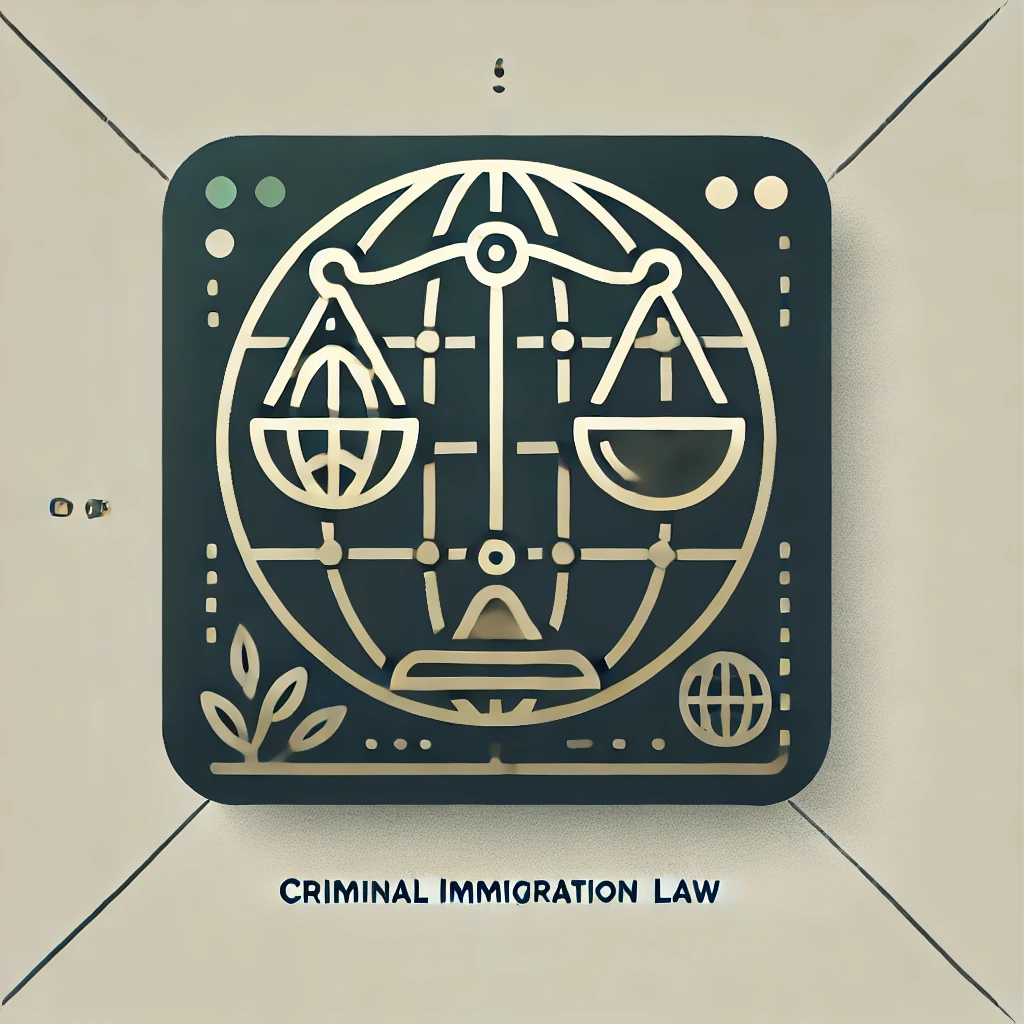Welcome to a deep dive into 🔬 America’s Scientific Edge Depends on Immigrant Talent — The Data Proves It. This topic shines a light on how immigrant scientists and researchers are not just participants but the very backbone of America’s innovation engine. Curious about how data backs this up? Let’s explore the numbers and stories behind the headlines.
Why Immigrant Talent Matters,
Data-Driven Evidence,
Impact on Scientific Fields,
Stories Behind the Numbers,
Challenges Immigrant Scientists Face,
Policy and Future Directions,
Key Takeaways,
Conclusion,
🔬 America’s Scientific Edge Depends on Immigrant Talent — The Data Proves It
Why 🔬 America’s Scientific Edge Depends on Immigrant Talent — The Data Proves It
Imagine America’s scientific community as a giant, intricate puzzle. Each piece represents a brilliant mind, a unique perspective, a fresh idea. Now, what if I told you that a huge chunk of those pieces come from immigrants? That’s right! The 🔬 America’s Scientific Edge Depends on Immigrant Talent — The Data Proves It isn’t just a catchy phrase; it’s a reality backed by compelling evidence. Immigrant scientists bring diversity, drive, and innovation that fuel breakthroughs in medicine, technology, and beyond.
Data-Driven Evidence
Numbers don’t lie. When we dig into the data, the story becomes crystal clear. According to recent studies:

- Over 40% of American Nobel laureates in sciences were immigrants or children of immigrants.
- Immigrant scientists hold a significant share of patents filed in the U.S., especially in cutting-edge fields like biotechnology and AI.
- Top research universities report that a large percentage of their graduate students and postdocs in STEM fields are international scholars.
So, why does this matter? Because innovation thrives on fresh perspectives and diverse experiences. The 🔬 America’s Scientific Edge Depends on Immigrant Talent — The Data Proves It mantra is a testament to how these individuals are not just participants but leaders in scientific progress.
Impact on Scientific Fields
Let’s break it down by fields. Where do immigrant scientists make the biggest splash?
USCIS taking too long? Discover how a Mandamus lawsuit can get your case moving.
Learn How a Writ of Mandamus Can Help- Biotechnology and Medicine: Immigrant researchers have been pivotal in developing life-saving drugs and vaccines. Think of the rapid COVID-19 vaccine development — many key contributors were immigrants.
- Engineering and Technology: From Silicon Valley startups to NASA’s space missions, immigrant engineers and scientists are at the helm.
- Physics and Chemistry: Nobel Prize winners and groundbreaking researchers often have immigrant backgrounds, pushing the boundaries of what we know about the universe.
Clearly, the 🔬 America’s Scientific Edge Depends on Immigrant Talent — The Data Proves It isn’t just a slogan; it’s the engine behind America’s leadership in these fields.
Stories Behind the Numbers
Numbers are powerful, but stories? They hit home. Take Dr. Maria, a brilliant immigrant scientist who fled political turmoil and now leads a team developing cancer therapies in Boston. Or Dr. Raj, whose immigrant journey took him from a small village to a top AI lab in California. These stories humanize the 🔬 America’s Scientific Edge Depends on Immigrant Talent — The Data Proves It narrative, showing how individual dreams fuel national progress.
Challenges Immigrant Scientists Face
But it’s not all smooth sailing. Despite their contributions, immigrant scientists often face hurdles:
- Visa and immigration uncertainties that disrupt research continuity.
- Recognition and funding biases that can limit opportunities.
- Cultural and language barriers that add extra layers of difficulty.
These challenges threaten the very edge that 🔬 America’s Scientific Edge Depends on Immigrant Talent — The Data Proves It highlights. Supporting immigrant talent means addressing these obstacles head-on.
Get complimentary general advice via email or WhatsApp!
For more in-depth legal counsel, phone or office consultations are available for a flat fee for up to 40 minutes.
Contact Us on WhatsApp Email usPolicy and Future Directions
What can be done? Policies that welcome and retain immigrant scientists are crucial. This includes:
- Streamlining visa processes for STEM professionals.
- Increasing funding for immigrant-led research projects.
- Creating inclusive environments that celebrate diversity.
After all, if 🔬 America’s Scientific Edge Depends on Immigrant Talent — The Data Proves It, then investing in these individuals is investing in America’s future.
Key Takeaways
- Immigrant scientists are a cornerstone of America’s innovation and scientific leadership.
- Data confirms their outsized contributions in Nobel prizes, patents, and research breakthroughs.
- Fields like biotech, AI, and physics heavily rely on immigrant talent.
- Personal stories reveal the human side of this vital contribution.
- Challenges remain in immigration policies and workplace inclusion.
- Supportive policies can secure America’s scientific future.
Conclusion
So, what’s the takeaway? The 🔬 America’s Scientific Edge Depends on Immigrant Talent — The Data Proves It isn’t just a fact; it’s a call to action. If you or someone you know is an immigrant scientist navigating the complex maze of visas and legal hurdles, don’t wait until it’s too late. Seeking legal help early can make all the difference in securing your place in America’s scientific community. After all, every piece of the puzzle counts — and your piece is invaluable.
Related Articles You Might Like:
- How Immigrant Entrepreneurs Drive America’s Economy,
- The Role of Diversity in Scientific Innovation,
- Top STEM Fields for International Students in the U.S.,
- Understanding U.S. Visa Options for Scientists,
- Success Stories of Immigrant Researchers in Tech,
- The Impact of Immigration Policy on Research Funding,
- How Universities Support International STEM Students,
- Breaking Barriers: Women Immigrant Scientists in America,
- Future Trends in Global Scientific Collaboration,
- Legal Tips for Immigrant Scientists Navigating U.S. Immigration,
